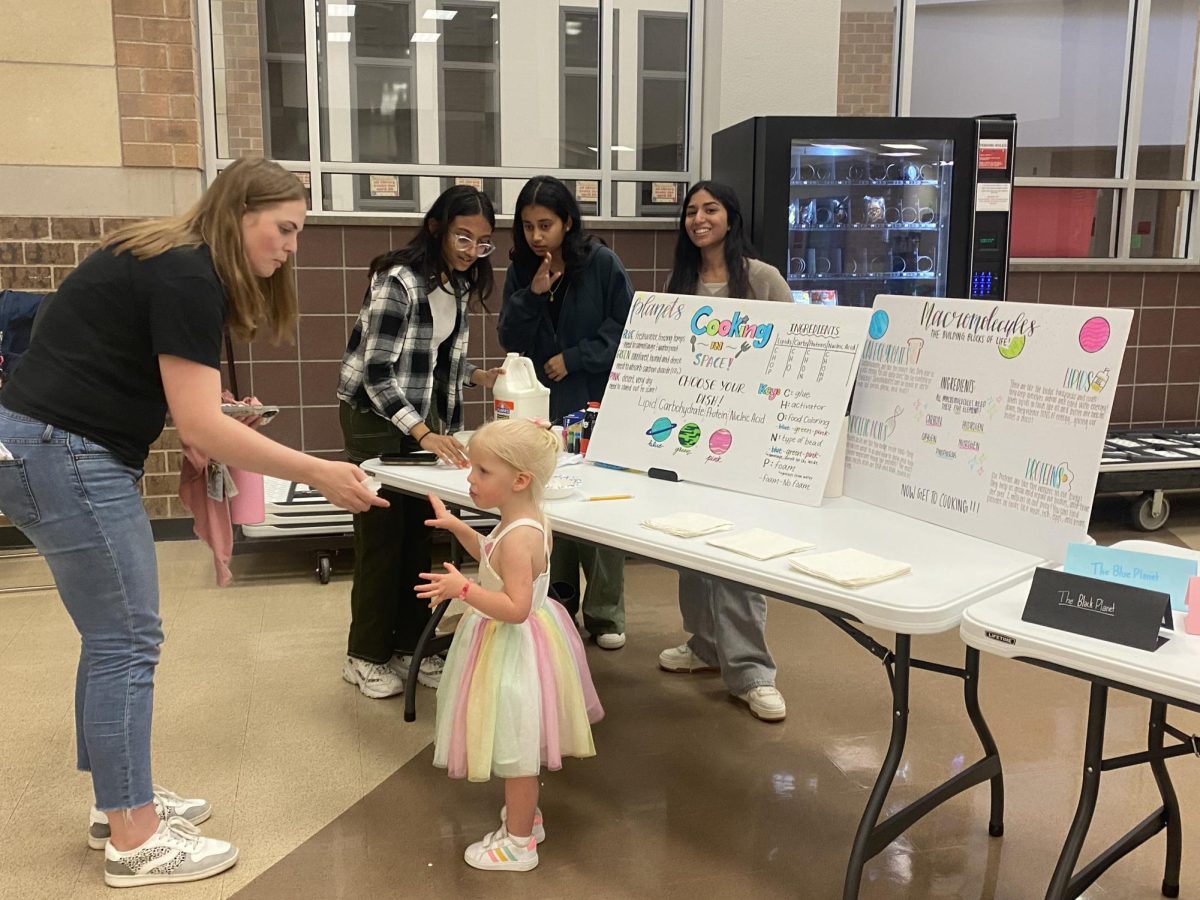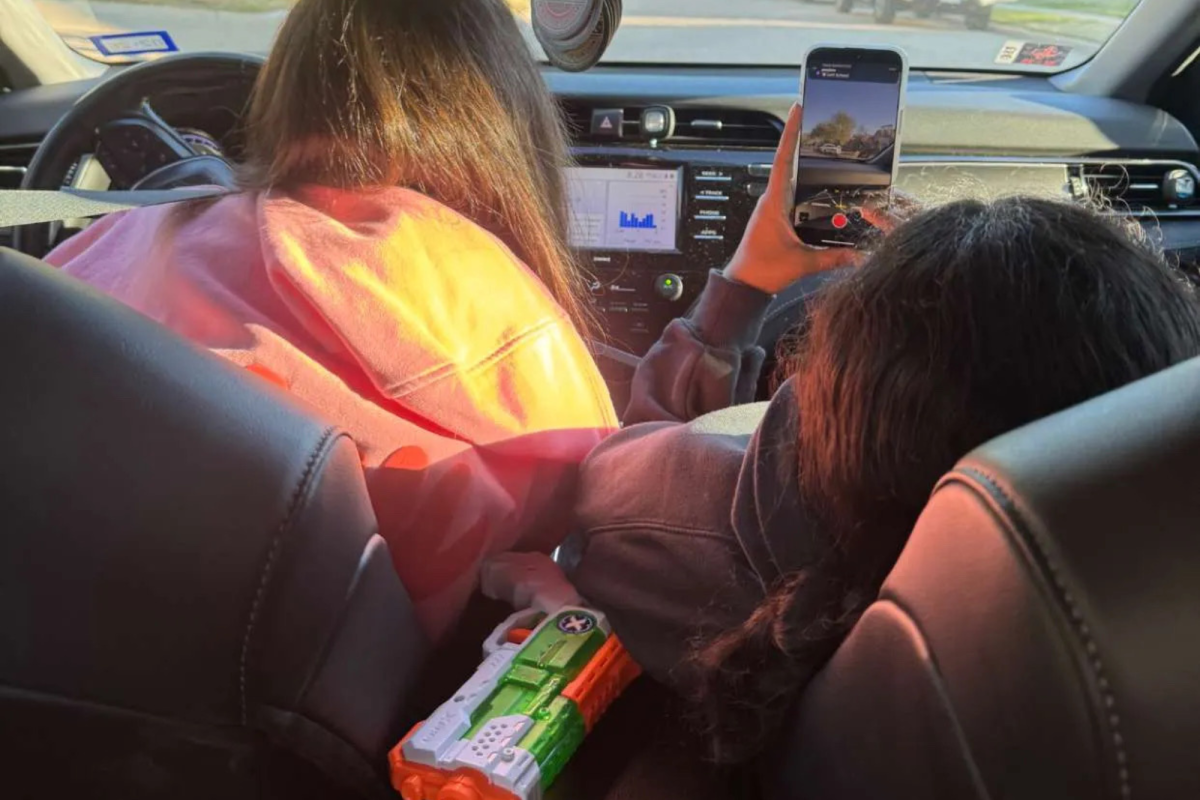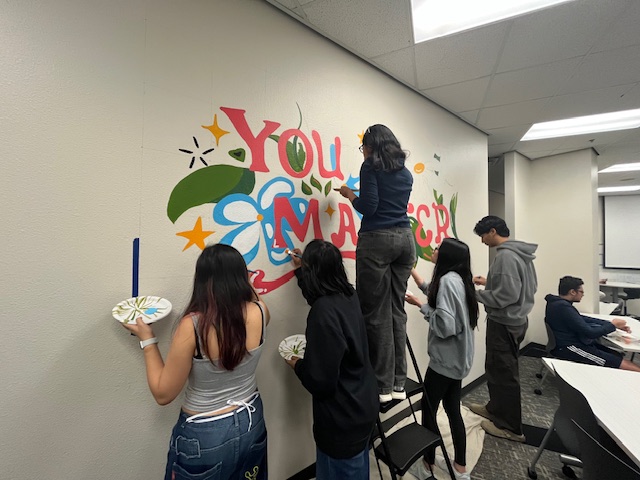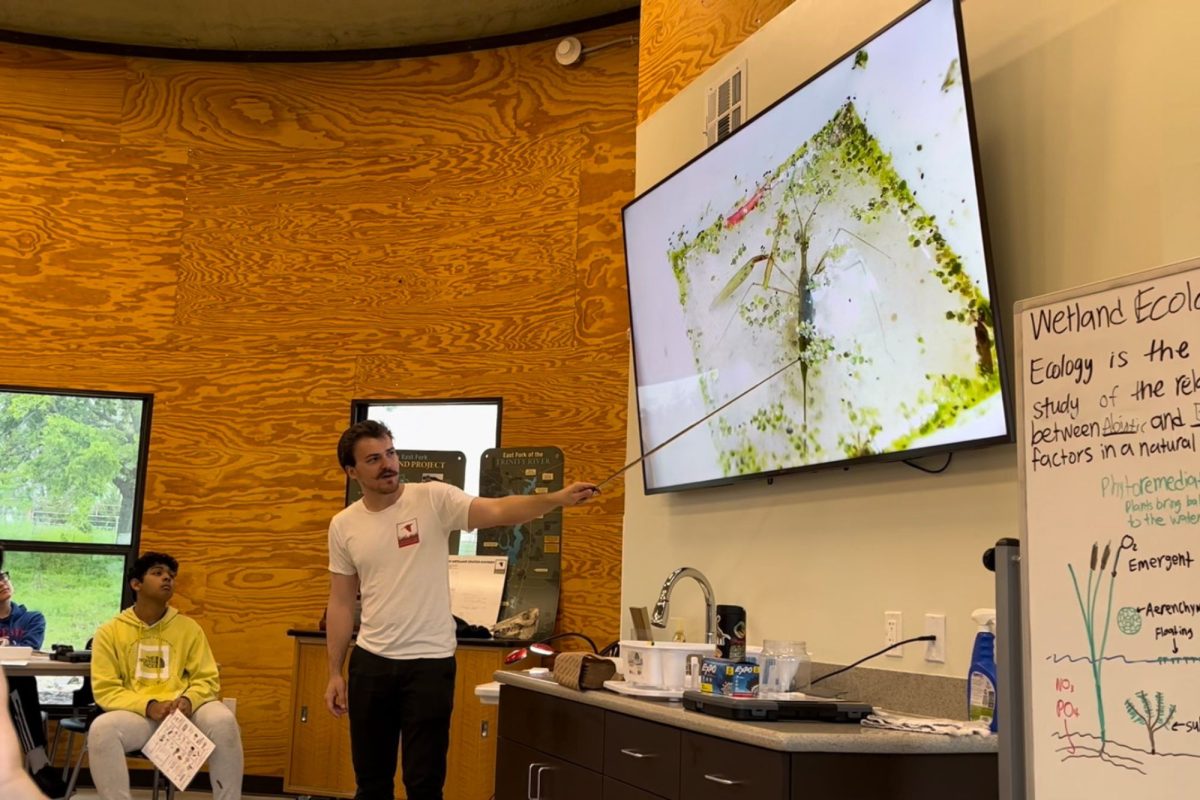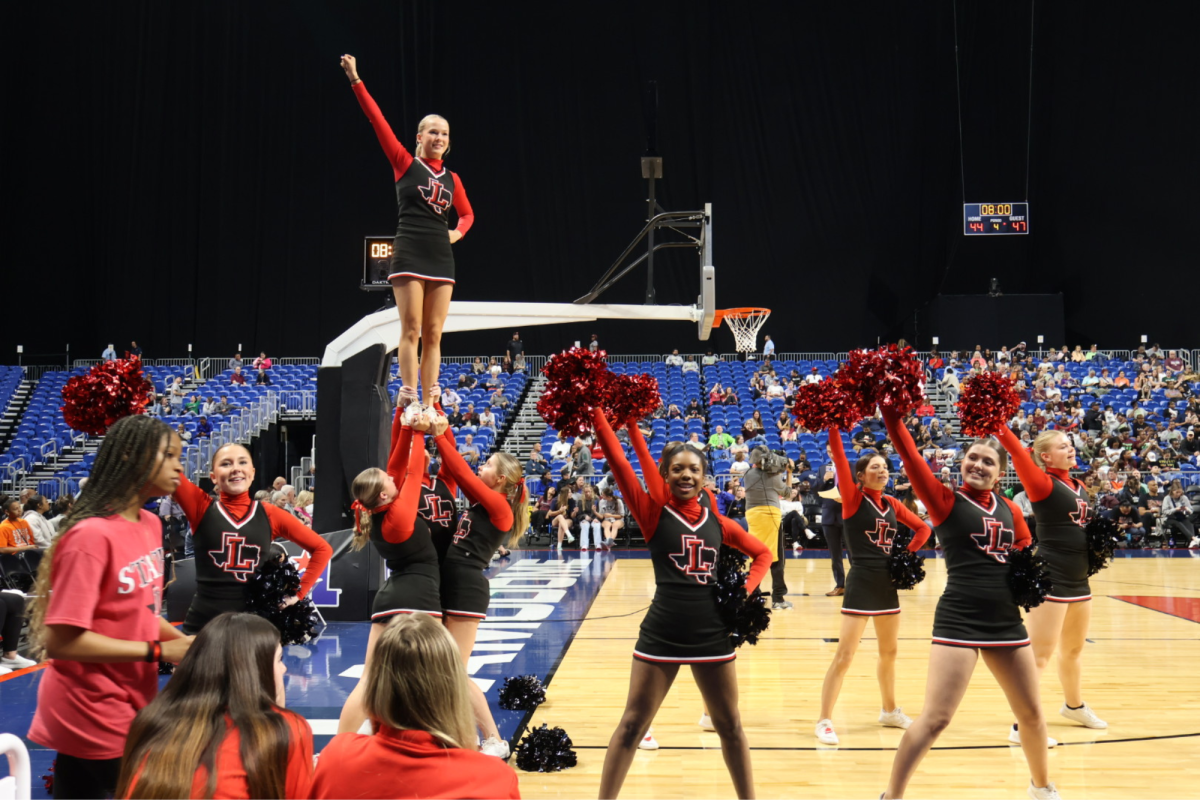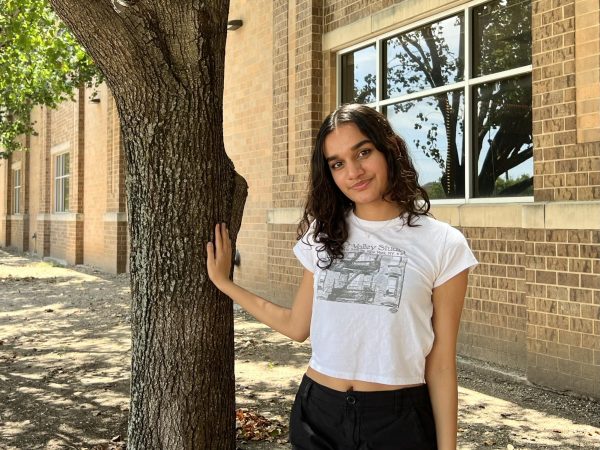Biology students are putting the “F” for fun in Family Science Night on Friday from 5:30-7 p.m. , through creating engaging science related booths to present to elementary and middle school students.
“Family Science Night is a chance for our students at Liberty to put on an event to inspire a love of science and among younger students in the community such as elementary, and middle school kids who eventually will be Liberty Readhawks,” AP Biology teacher Richard Sabatier said. “It’s a chance for students to show off the cool things they do in class and put them in the seat of the teacher.”
Over the past three weeks, students have been diligently working to craft a booth that not only is engaging but is easy for their younger audience to understand.
“These last few weeks students have been coming up with an idea and we have been helping to refine it along the way,” Sabatier said. “Students have learned how to receive feedback because through this process students come up with an idea and we help them refine it and you take that feedback and make it better. I think we’ve had some really great results because we’ve had some amazing booths.”
Students such as senior Sindhu Akula are excited for the opportunity to engage with the young students in a creative way.
“I’m really looking forward to educating our youth in a really simple way while also doing it in a fun way so that they will be engaged,” Akula said. “We had all our materials together and presented our booth to our teacher to make sure our information was informational as well as easy to understand for younger audiences.”
Family Science Night not only allows students to present their own booths but to also view their peers’ projects.
“I’m excited to go around to see everyone else’s ideas for their presentation,” junior Sia Parpelli said. “It’s cool to see how everyone had different ideas of their topic and how it pertained to science related topics.”
Through the process of creating and presenting a booth at Family Science Night, Sabtier hopes that this improves students’ ability to communicate with a wide variety of audiences.
“I hope students learn about the importance of being a good communicator,” Sabatier said. “Students have to reach out to the younger students and middle school students. I also hope students learn how to think creatively and present ideas in a way that isn’t just taking a test or writing out a short answer.”



